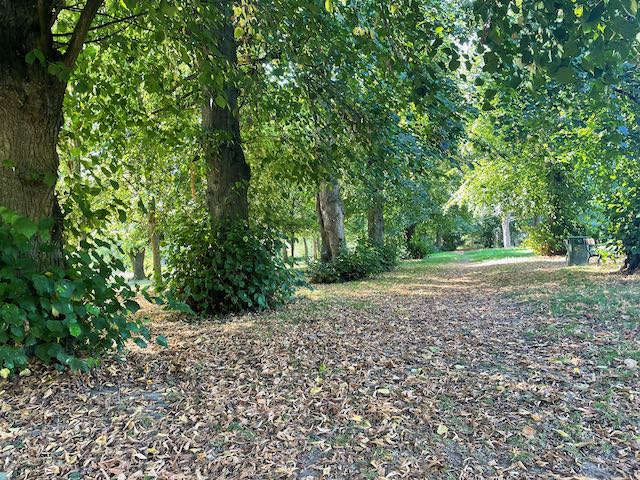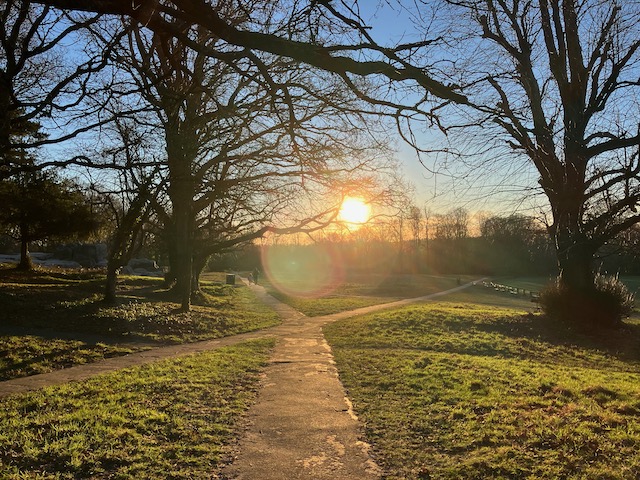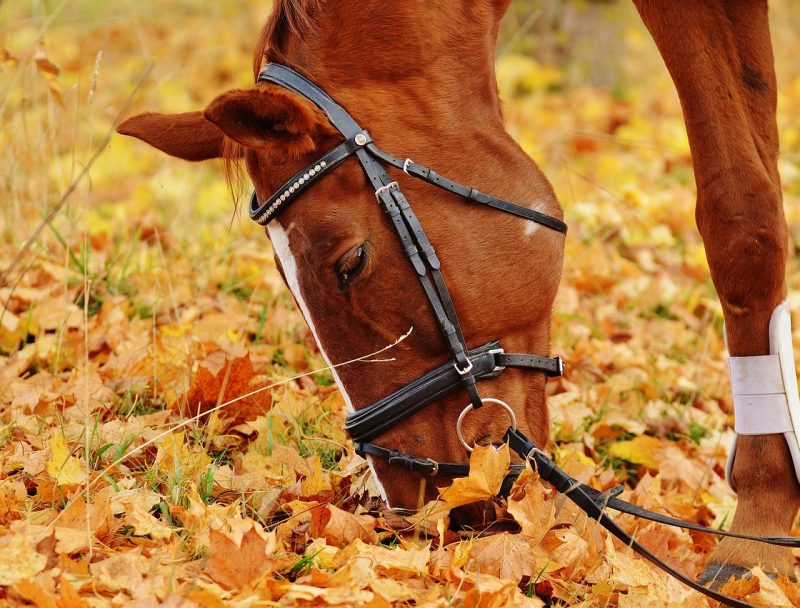
Horse racing on the Commons, who would have believed it?
26th February 2024
Hello, my name is Anna Hawkins and I am a Volunteer British Horse Society Access and Bridleways Officer for Tunbridge Wells Borough.
In this fourth blog, I’m going to tell you about a historic feature of Tunbridge Wells Commons which you might not be aware of. I’ve done some reading about the detail in the library in Tunbridge Wells which holds a fascinating array of old books on Tunbridge Wells and of course Google helps fill in some gaps.
It has been said that the Common is of the same importance to Tunbridge Wells as the sea is to Brighton or Hastings. That is certainly the case when concerned with equestrian activities in a time where they provided essential transport and also leisure entertainment.
In 1702, on the accession of Princess Anne to the throne, a grove of Birch trees was planted on the Common and named The Queen’s Grove in her honour. By 1835 it had dwindled so the Royal Victoria Grove was planted. The Queen’s Grove was the site of an interesting activity in 1799, an ass race. So not just horses on the Common but donkeys! Indeed donkey rides on the Common like those on the beach at Brighton were popular in the 1830s.

A racetrack on the Common first appears on Bowra’s map (c. 1738) although it’s origin is unknown, equestrian access on the Common remains. Racing horses on the paths in this modern age would not be sensible with all the dogs and walkers, unless it were an organised event, which could be quite the spectacle!

There was historically horse racing for two days every August. The historic races had to be taken into hand and better policed in 1834 after “disgraceful scenes”. The following year 16,000 people attended a better organised race event, including Princess Victoria who wrote that they were “very amusing” in her journal. The races ceased not long after that in 1851 after campaigns from local residents as “drunken and riotous” behaviour had returned.

If you have any further information or additional historic detail to the beginnings of this research, please do get in touch: anna.hawkins@bhsvolunteer.org.uk

